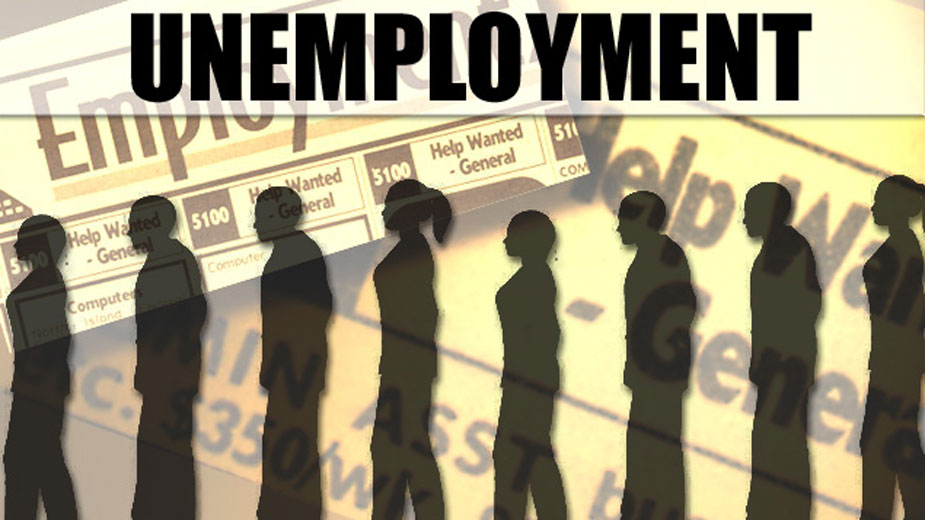New Jobless Claims Drop by Nearly 5,000 in Ohio
COLUMBUS, Ohio — The state reported 10,313 new unemployment claims for the week ended Jan. 29, which is down from 15,158 the week prior – a drop of nearly 5,000.
That is closer to the eight-week low of 9,119 new claims reported for the week ended Dec. 11, 2021, according to the Ohio Department of Job and Family Services. Total jobless claims also declined to 70,526 from 74,784 reported the week ended Jan. 22.
Continued jobless claims ticked up last week to 60,213, up from 59,626 for the week ended Jan. 22.
Ohio’s unemployment rate in December was 4.5% compared to the national rate of 3.9%. Ohio’s labor force participation rate in December was 61.5%, which is lower than the national rate of 61.9%.
Pennsylvania reported 11,710 initial jobless claims for the week ended Jan. 22, according to the most recent data available from the Center for Workforce Information & Analysis. That’s down substantially from the 20,472 claims reported the week prior. Continued claims increased in the commonwealth to 97,241 for the week ended Jan. 22 from 92,851 the week prior.
The drops in initial jobless claims mirror a national trend.
After three consecutive weeks of unemployment claims that appeared to rise in tandem with omicron, fewer Americans applied for unemployment benefits for the second week in a row.
Jobless claims fell by 23,000 to 238,000 last week, from 261,000 the previous week, the Labor Department reported Thursday.
The four-week average for claims, which compensates for weekly volatility, rose by nearly 8,000 to 255,000. It was the fifth straight week of increases for the average, mirroring a surge in COVID-19 cases in parts of the country.
A winter spike in infections fueled by the omicron variant stymied what had been a strong comeback from last year’s short but devastating coronavirus recession. Jobless claims, a proxy for layoffs, had fallen mostly steadily for about a year and late last year dipped below the pre-pandemic average of around 220,000 a week. Economists expect claims to return to those lower levels as the virus fades, which is already happening in areas first hit with omicron.
On Tuesday, the government reported that the number of posted jobs rose 1.4% to 10.9 million on the last day of December, compared with the previous month. That is far higher than pre-pandemic levels, though just below the record number of 11.1 million that was reached in July. The data suggests companies were still desperate to hire workers last month yet had trouble finding enough people to fill their open jobs.
On Friday, the Labor Department will release its monthly jobs report. Analysts are forecasting that the economy added about 175,000 jobs. In December, the unemployment rate fell to 3.9%, a long steady decline from heights of nearly 15% in the spring of 2020 when the pandemic devastated the global economy.
Massive government spending and the vaccine rollout jumpstarted the economy as employers added a record 6.4 million jobs last year. But hiring slowed in November and December last year as employers struggled to fill job openings.
A scorching U.S. economy has triggered inflation not seen in four decades, leading the Federal Reserve to ease its support for the economy. The Fed has signaled that it would begin a series of interest-rate hikes in March, reversing pandemic-era policies that have fueled hiring and growth but also stubborn inflation.
Last week, the government reported that the U.S. economy expanded 5.7% in 2021, growing last year at the fastest pace since a 7.2% surge in 1984 after a previous recession.
In total, 1.6 million Americans were collecting jobless aid the week that ended Jan. 22, a slight drop from the previous week.
The Associated Press contributed to this story.
Published by The Business Journal, Youngstown, Ohio.


